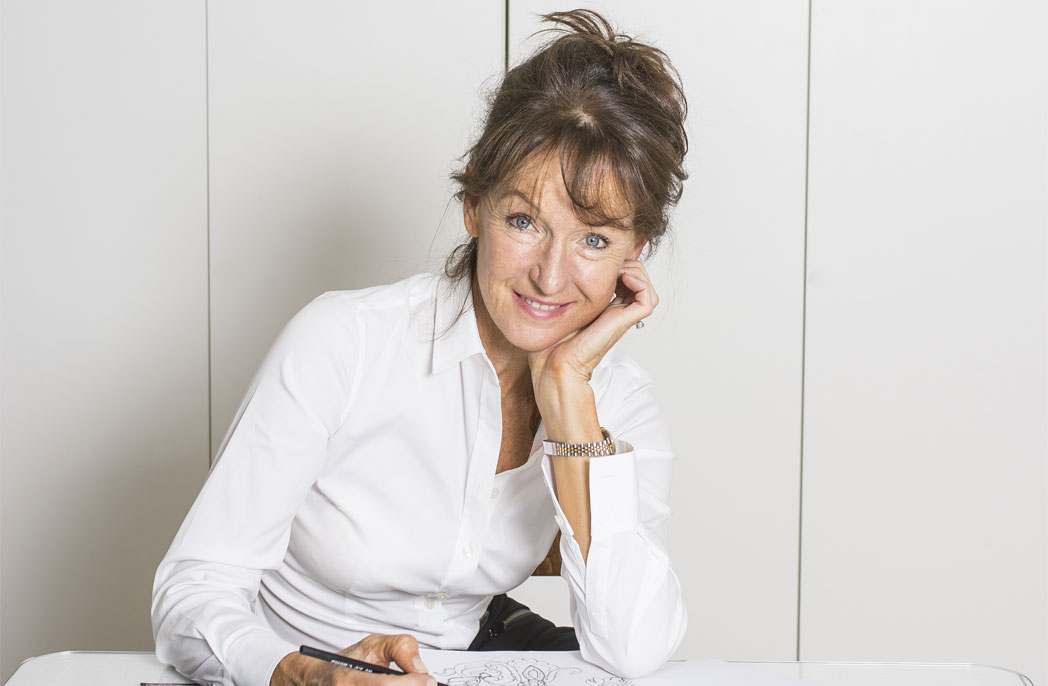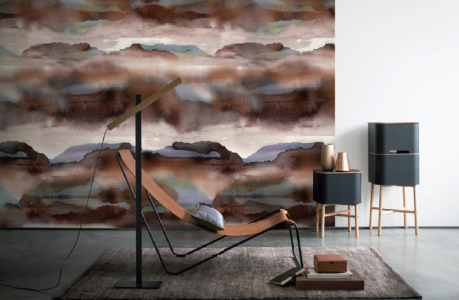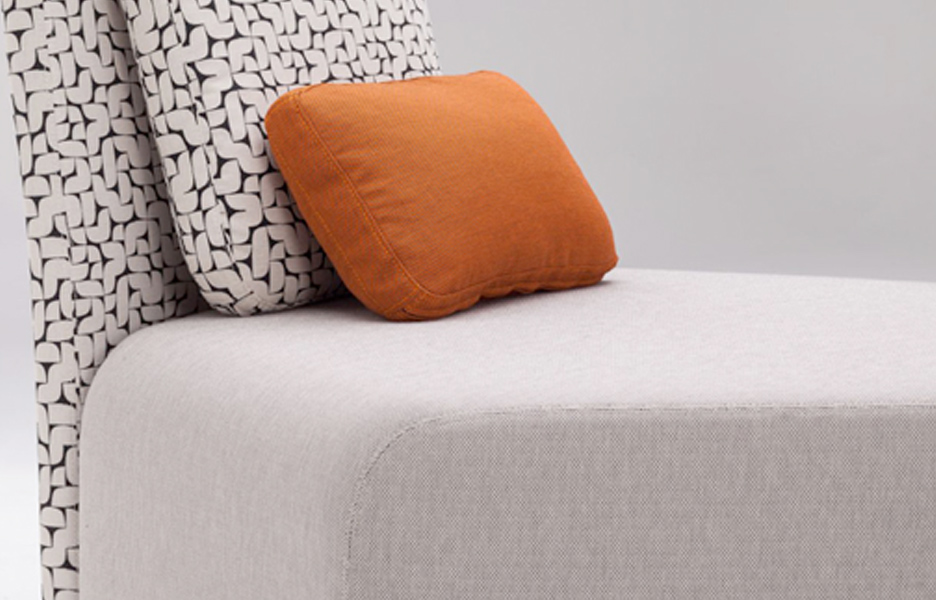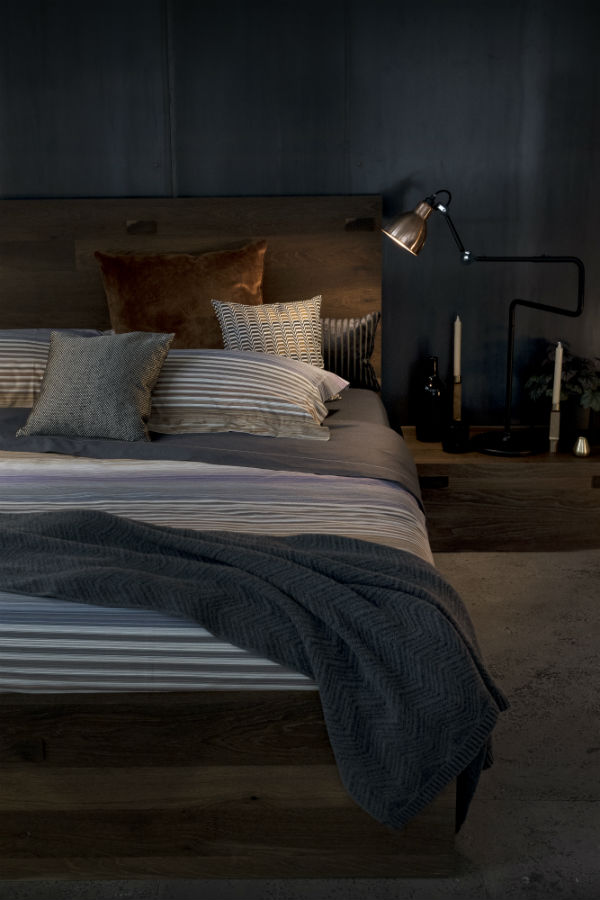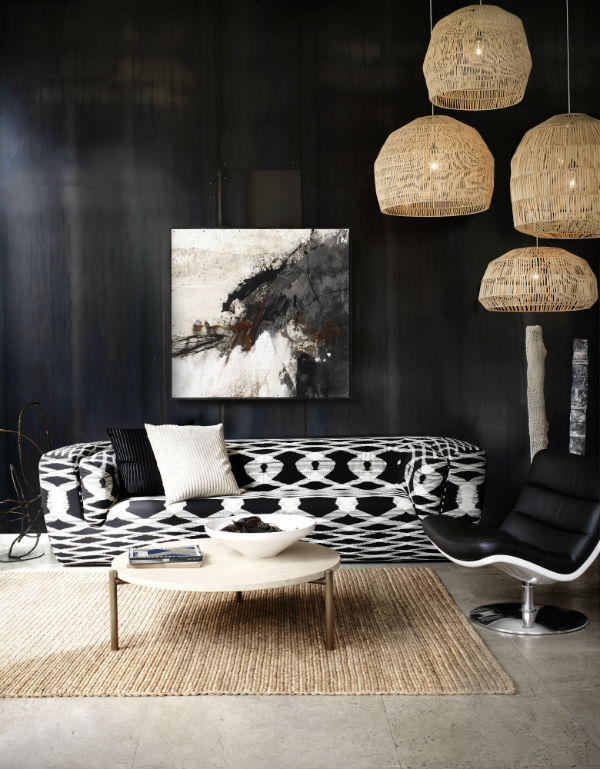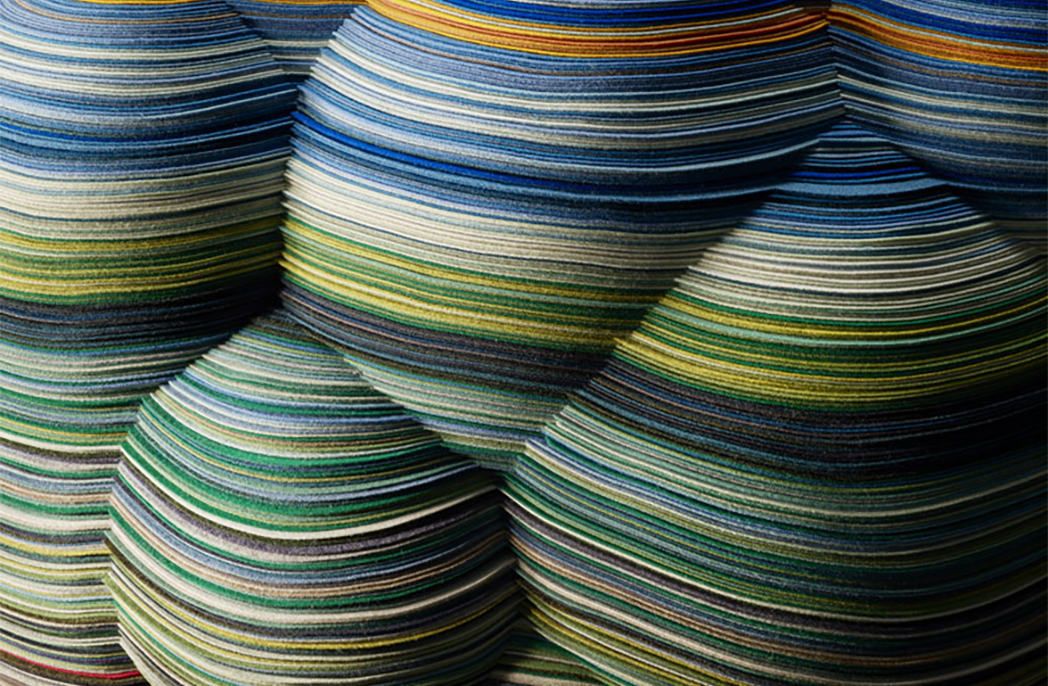
Creating patterns with Missoni
Creating patterns with Missoni
Share
Brand – Missoni
Representative – Wanda Jelmini
Text – Gillian Serisier
Images – courtesy Missoni and Spence&Lyda
This article originally appeared in inside 93 – available now on newsstands, or digitally through Zinio.
GS: I would like to talk about the importance of constantly reinventing. This particular range for 2016 is a good starting point; it’s so different to what you’ve done previously. How important is it to take something that is such a signature look and reinvent it so that it is still a signature look, but a completely fresh take on it?
WJ: Well, it’s always a challenge, and I remember starting to work with Rosita 30 years ago and being very worried to be facing the new season and being yourself. It’s all about, what you say, reinventing things. There’s nothing really new, but there’s a lot to feature in a different way, to mix up in a different way. I guess a well-known brand [like] Missoni is known for being versatile, for being eclectic, for being, therefore, unique, being always different. It’s real- ly about reinventing yourself.
Over the last 50 years anytime anyone’s done black and white it has looked mid-century French – lots of white and bits of black. But you’ve incorporated very much the patterns of Missoni, and I think that’s testament to how strong your patterns are.
Absolutely. But from my uncle and aunt, black and white was considered as the paper on which you start writing. So they were always saying, “For us, the paper is not white; it’s either black or white, but it contains a bit of white and a bit of black, the white a bit of black, the black a bit of white.” My uncle would say that any colour would be perceivable only on black and then he would draw colours only on a square piece of paper. You’ve got this white ground and the black square that gives the reason to the pattern and the design you’re doing. So black and white for them was like a normal empty space to be filled. Whenever you start working on an item and you have only black and white, it’s the best way to achieve the rhythm of a stripe, the rhythm of fretwork, the rhythm of a chevron. And this year we are using all those cadences: up and down, and flame pattern (that is the one derived from the dyed yarn you are using).
We were trying to feature a whole bunch of design and textures through enlarging, scaling up and down and interpreting it with thick and thin or reflective thread versus a thick one, un-even or cosy warm hairy one. So, this actually gives you thousands of interpretations of patterns and colourways.
In terms of those thousands of pat- terns, when you are creating a range, are the designers cognisant of mixing and putting things together that, while very different, go together very, very well. Are we talking about that rhythm carrying through there?
Yes, yes, you got it exactly. I guess my uncle would always say that Missoni has a code that nobody can detect and that is why it’s very difficult to copy. It was born to be ‘the put together look’, so my Aunt Rosita would talk about ‘put together’, which would mean that you might have a stripe, a chevron, a fretwork, a flower and a texture, and put that together and make them just work perfectly. And it would just be because you have that kind of sense of colour and pattern rhythm and yarn vibrancy that it’s so exquisitely put together, that they really are harmonious.
How effective is this in brand loyalty, because even though something may be last season or this season or 10 seasons ago, they still integrate?
Absolutely. That is what makes us, if you want, one of a kind. We’ve just had a very important museum featuring 60 years of Missoni as a fashion brand [Missoni Art Colour at London’s Fashion and Textile Museum]. And there were, I guess, 100 mannequins wearing [the whole] story of the Missoni fashion brand through seasons and years. I swear to God, it’s not because it’s my family or my family business, but really you would want to have them all at the same time in your wardrobe and none of them would look inappropriate.
Have improvements in technologies, both in the textile industry and in the dyeing industry, allowed you to realise any designs that were, per- haps, explored decades ago?
Well, they have, absolutely. The ways of working the mix and the weaving are still very old, but the updated machinery allows the steady old traditional know-how to be twisted up, wound up, enlarged differently. It’s really made a big change, in terms of the possibility of achievement, in terms of engineering. In the knit you can now knit the whole knit without a junction, which makes the marvellous change that you don’t have to cut and stitch. And the fabric and whole fabric – we are now using an engineered weaving machine that can work in 18 coloured wefts, and maybe a full repeat of three-metre design, which is absolutely something. With digital printing you can have a whole wall with no repeated feature. So, you know, it’s so much fun.
When it’s the main family members who are the design team there is an inbuilt impetus to always be moving forward with it. But how import- ant is it to other designers working for Missoni to have that constant change, that constant refresh and constant update?
Yes, of course, it has always been like this. It’s like having a breath of fresh air. A bright young mind has a completely different approach towards what has been featured until now. So it’s always like this, evolving things comes from the injection of new fresh air into something that doesn’t have it, or a new way of watching things. There’s a lot for the new designer that joins our business; they need to learn this idea of colour coding, rhythm of pattern code, which is absolutely difficult to achieve from a young brain. But there’s so much that they can give as a new perspective or new ideas. That can really make the difference, yes.
You Might also Like
